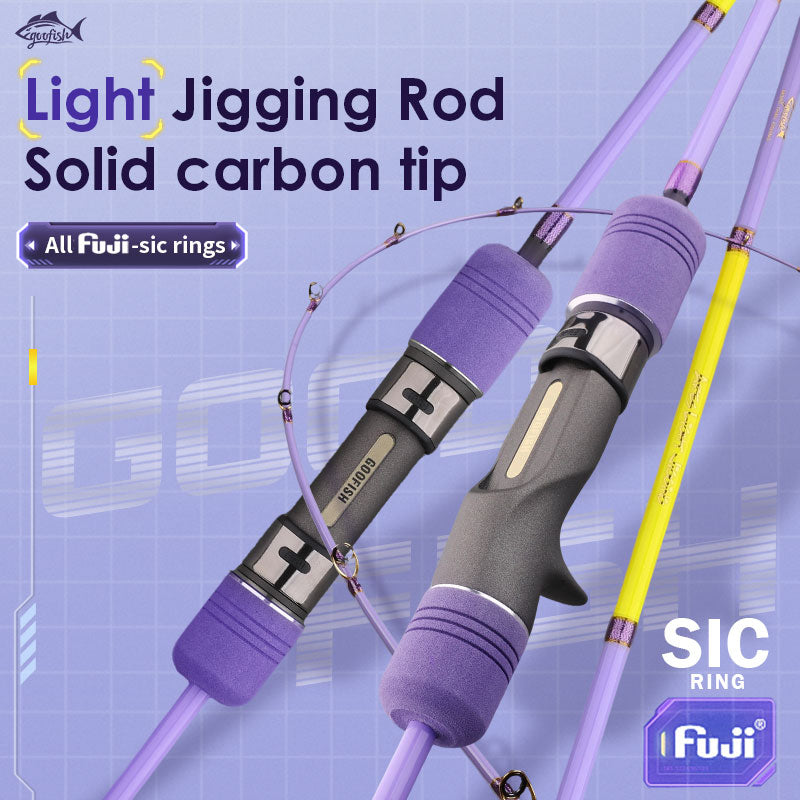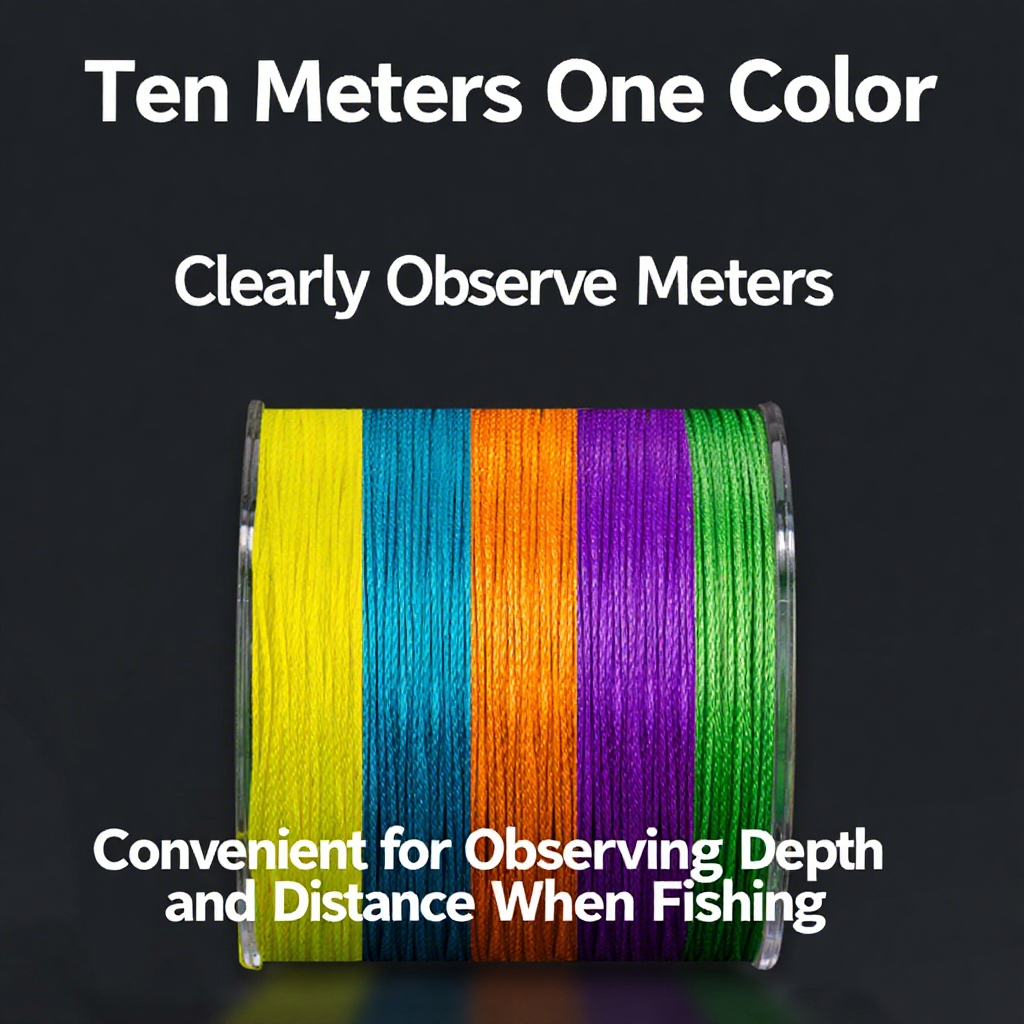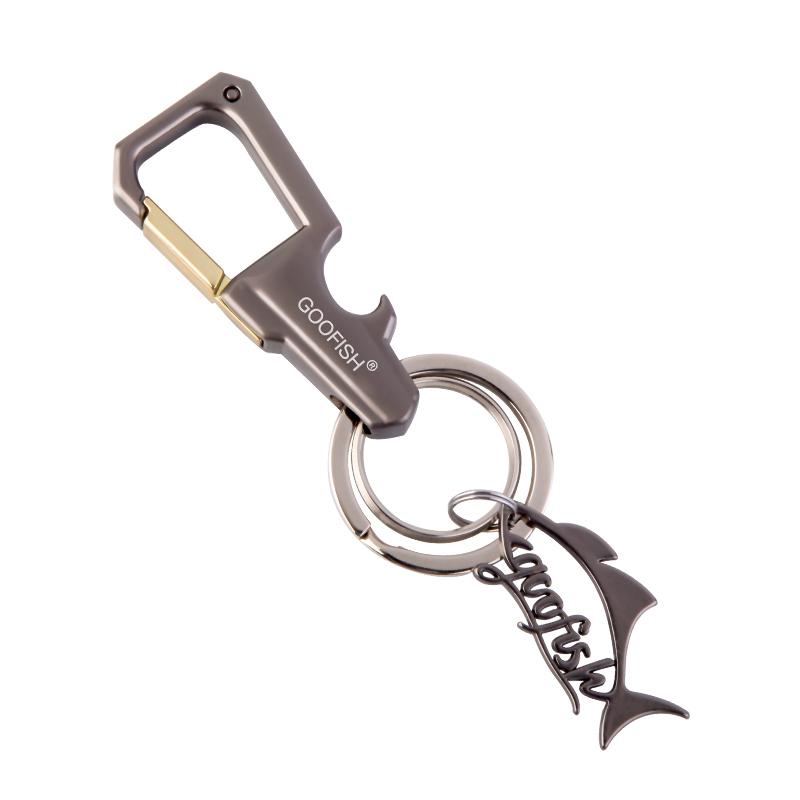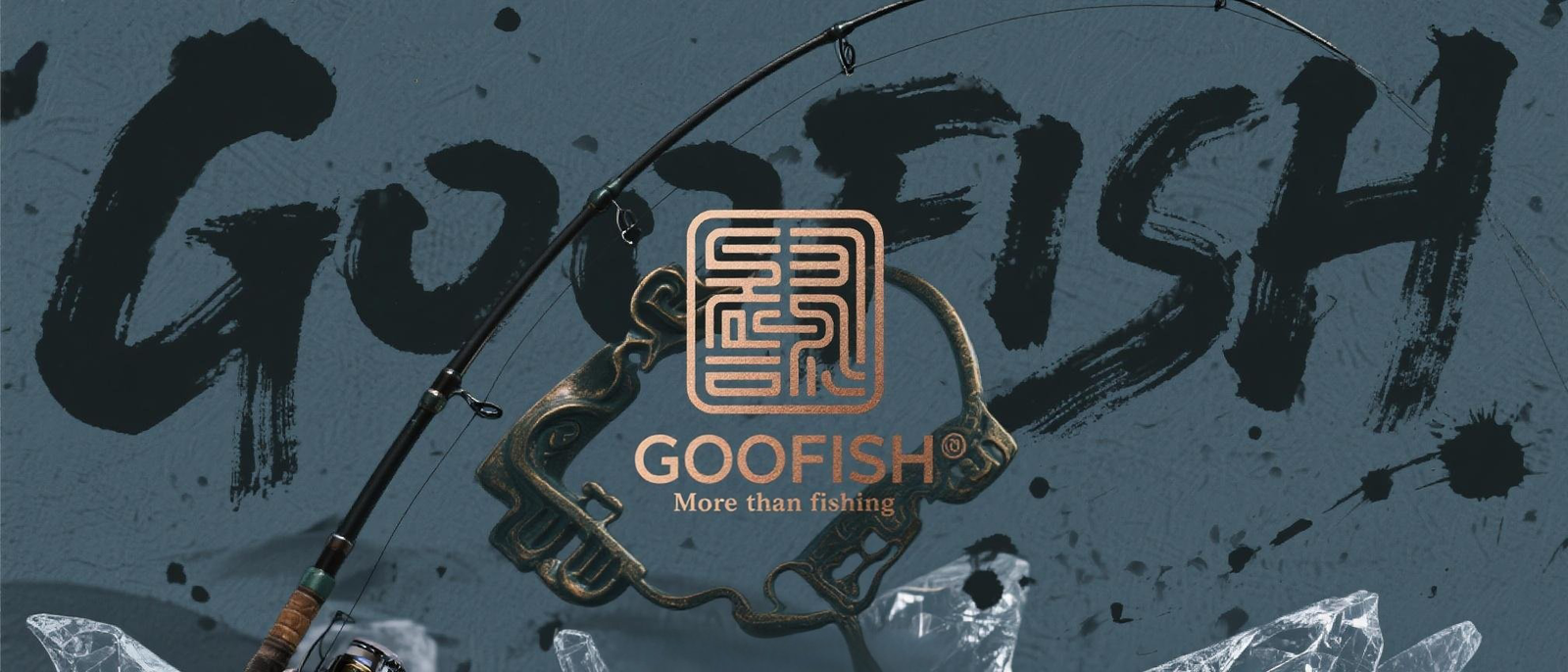The Top 3 Differences Between Shore Jigging and Bottom Jigging Rods
When it comes to fishing, having the right equipment can make all the difference. Two popular techniques, shore jigging and bottom jigging, require specific rods to maximize success. Let's explore the top 3 differences between shore jigging and bottom jigging rods.
1. Length and Flexibility
Shore jigging rods are typically longer and more flexible compared to bottom jigging rods. The extra length allows for longer casts from the shore, reaching deeper waters where the fish may be hiding. The flexibility of shore jigging rods helps absorb the shock of a fish's sudden movements, reducing the risk of the line breaking.
2. Power and Sensitivity
Bottom jigging rods are designed to have more power and sensitivity than shore jigging rods. The increased power helps anglers control the larger fish often found near the bottom, while the enhanced sensitivity allows them to feel even the slightest nibble. This is crucial for detecting bites when fishing in deeper waters.
3. Weight and Balance
Shore jigging rods are typically lighter and more balanced than bottom jigging rods. The lighter weight reduces fatigue during long casting sessions from the shore, while the balanced design provides better control over the rod and reel. In contrast, bottom jigging rods are heavier to handle the larger fish and stronger currents found at the bottom of the water.
By understanding these key differences between bottom jigging and shore jigging rods, anglers can choose the right equipment for their preferred fishing technique. Whether casting from the shore or targeting fish at the bottom, having the appropriate rod can greatly improve the fishing experience.











Leave a comment